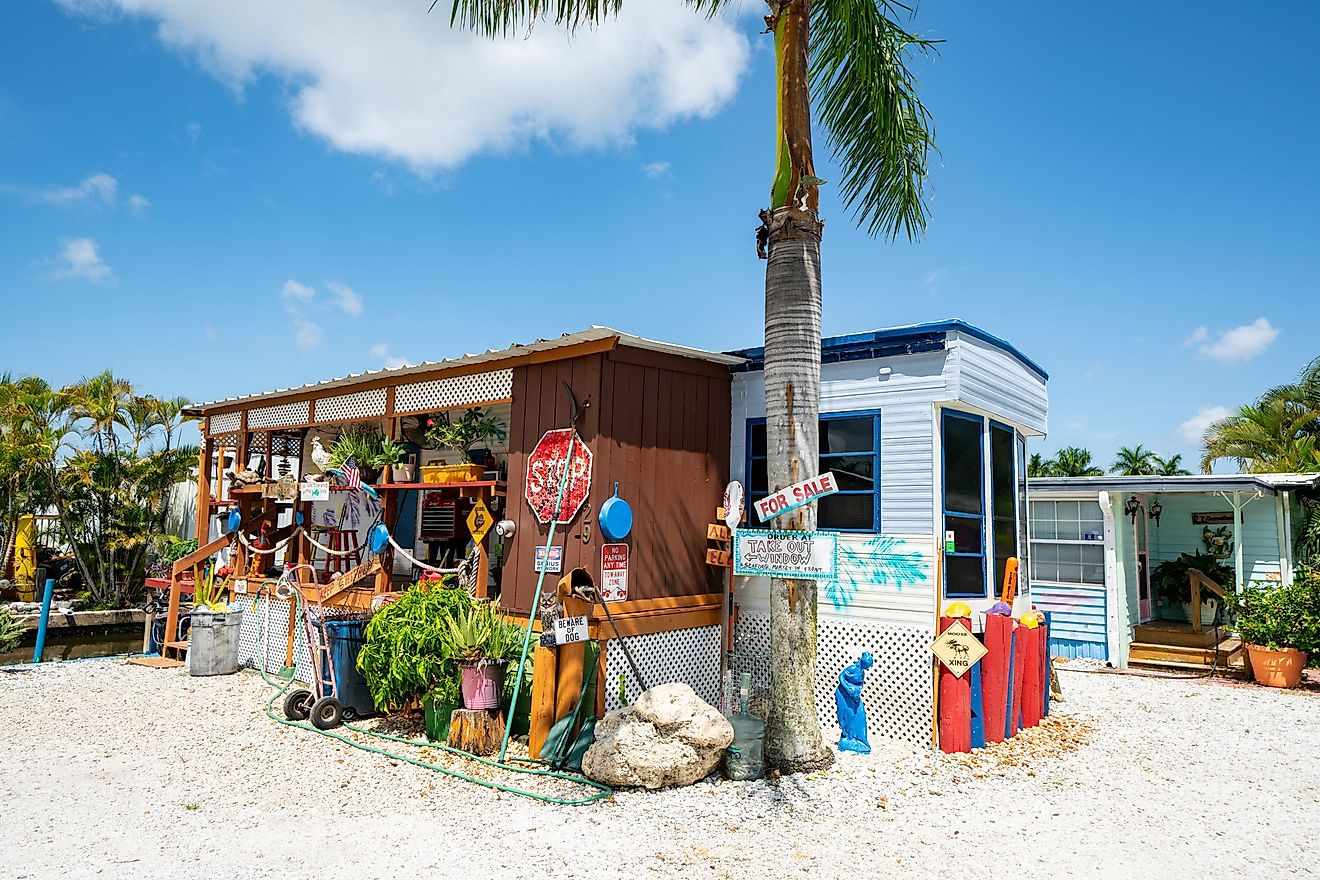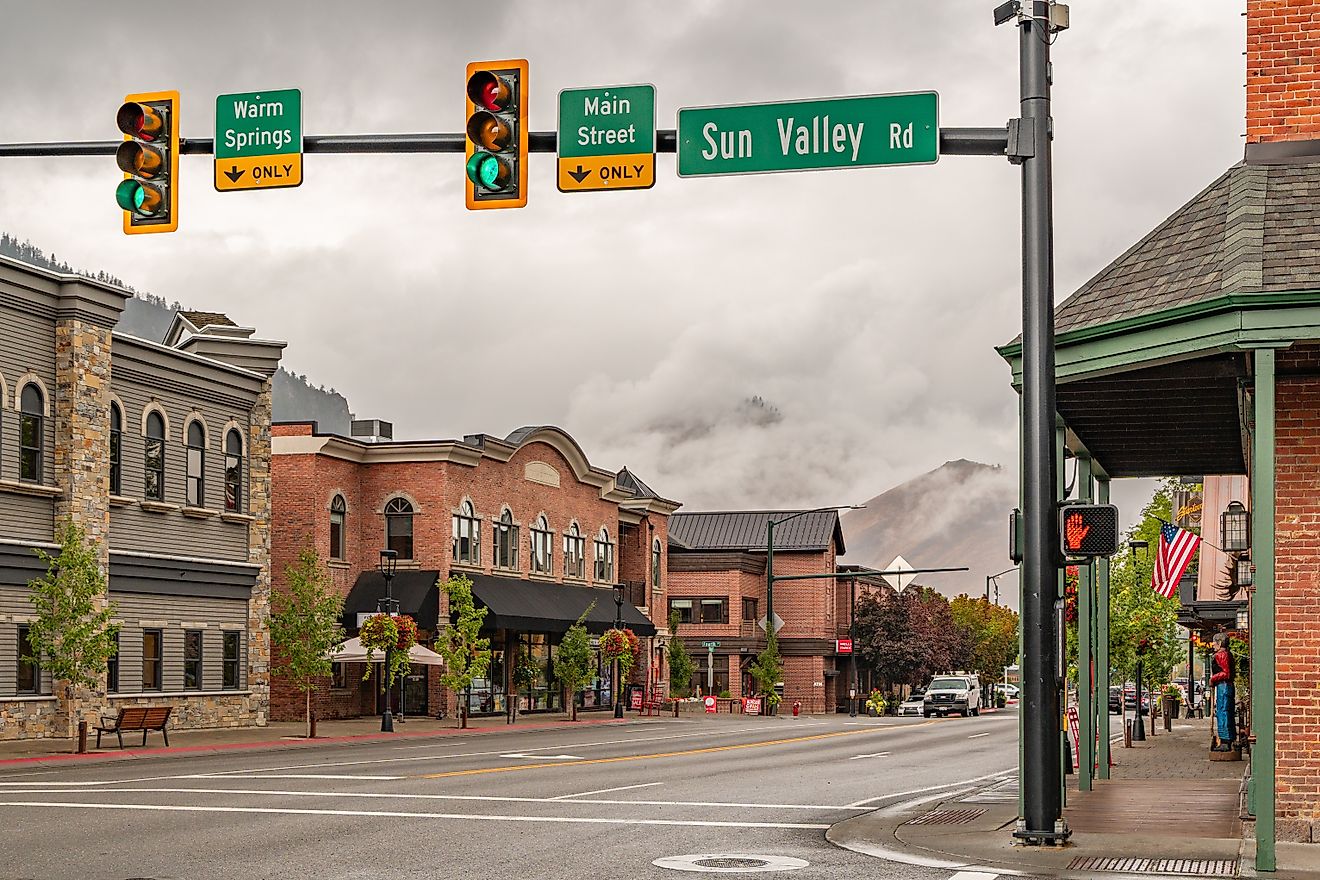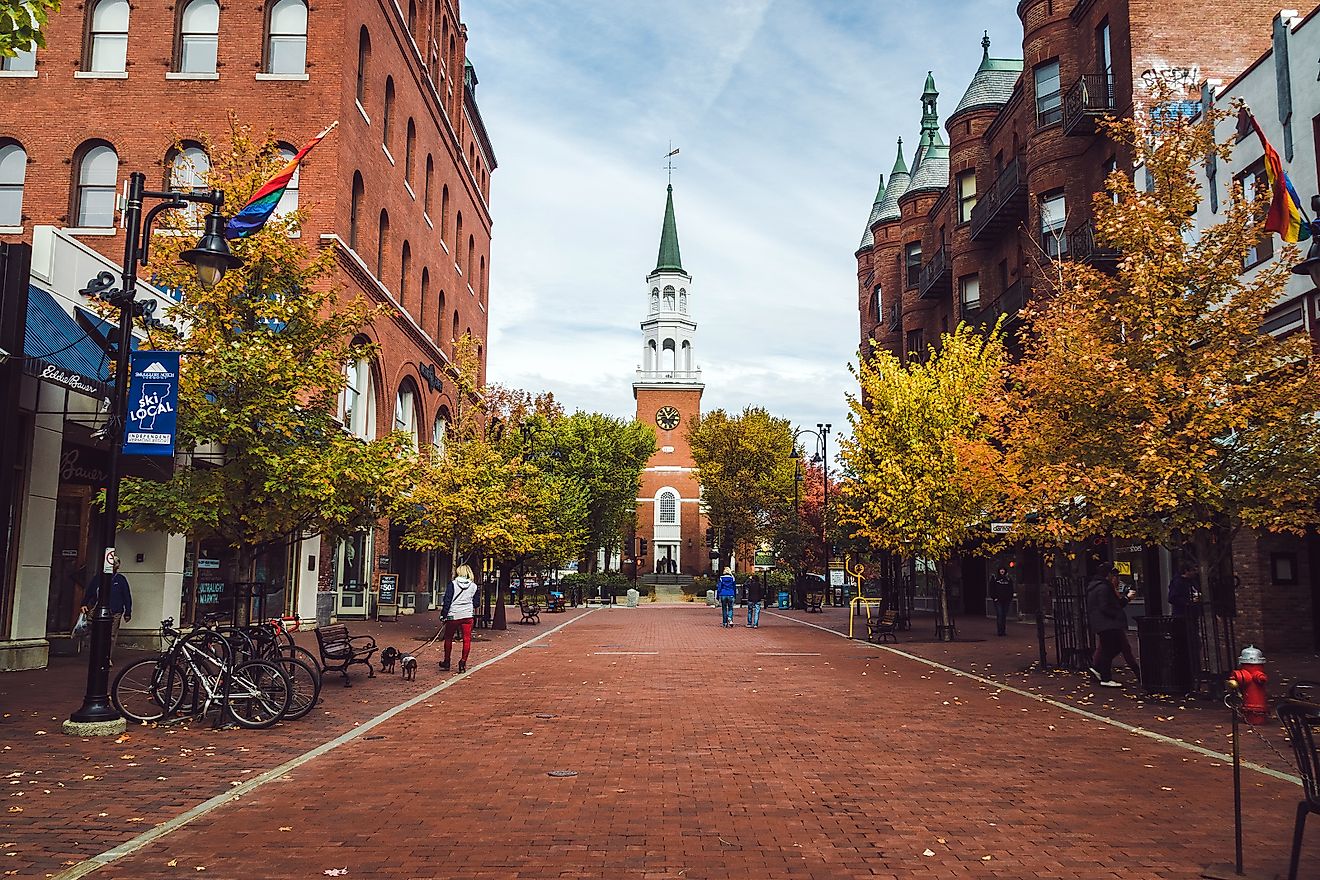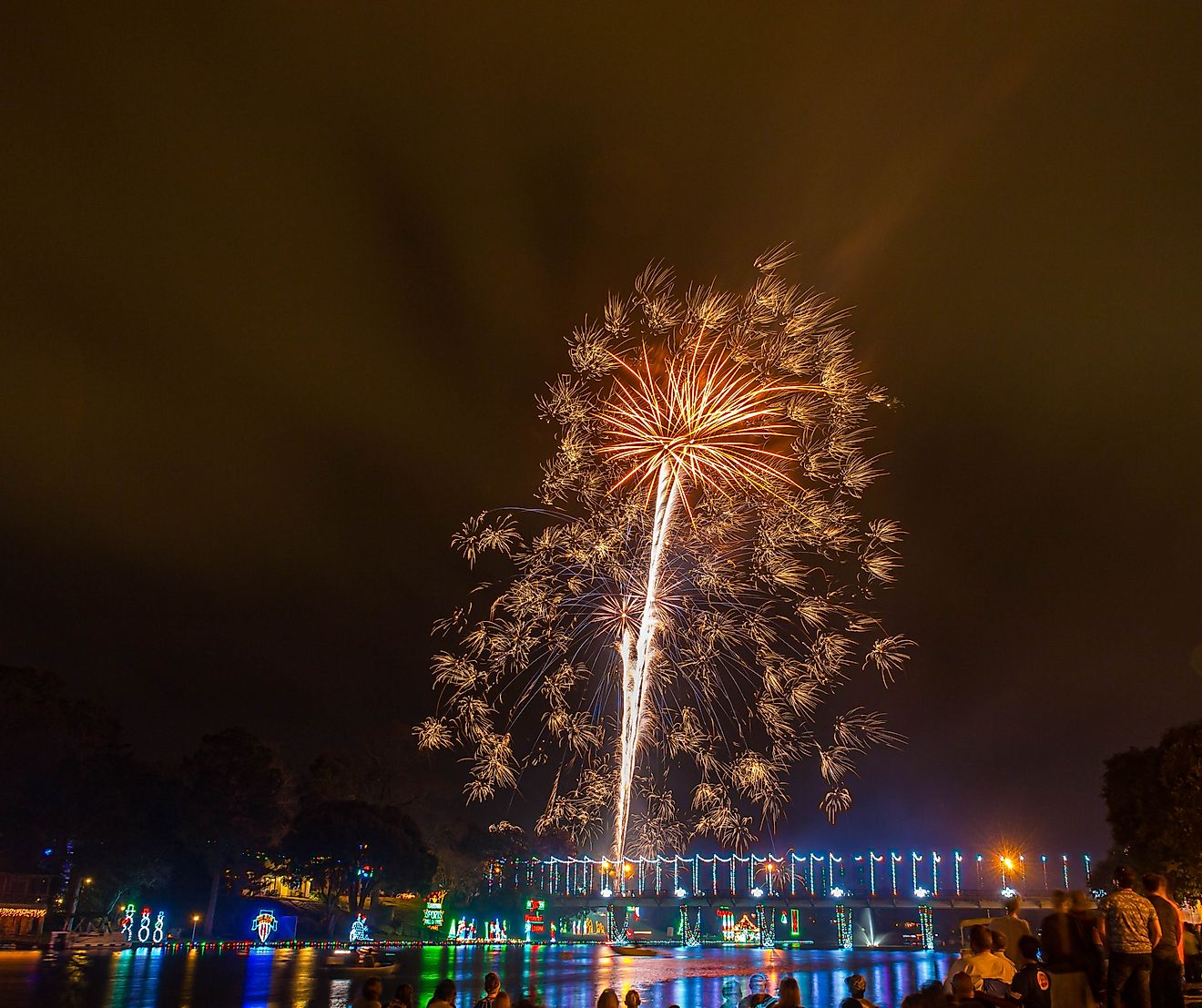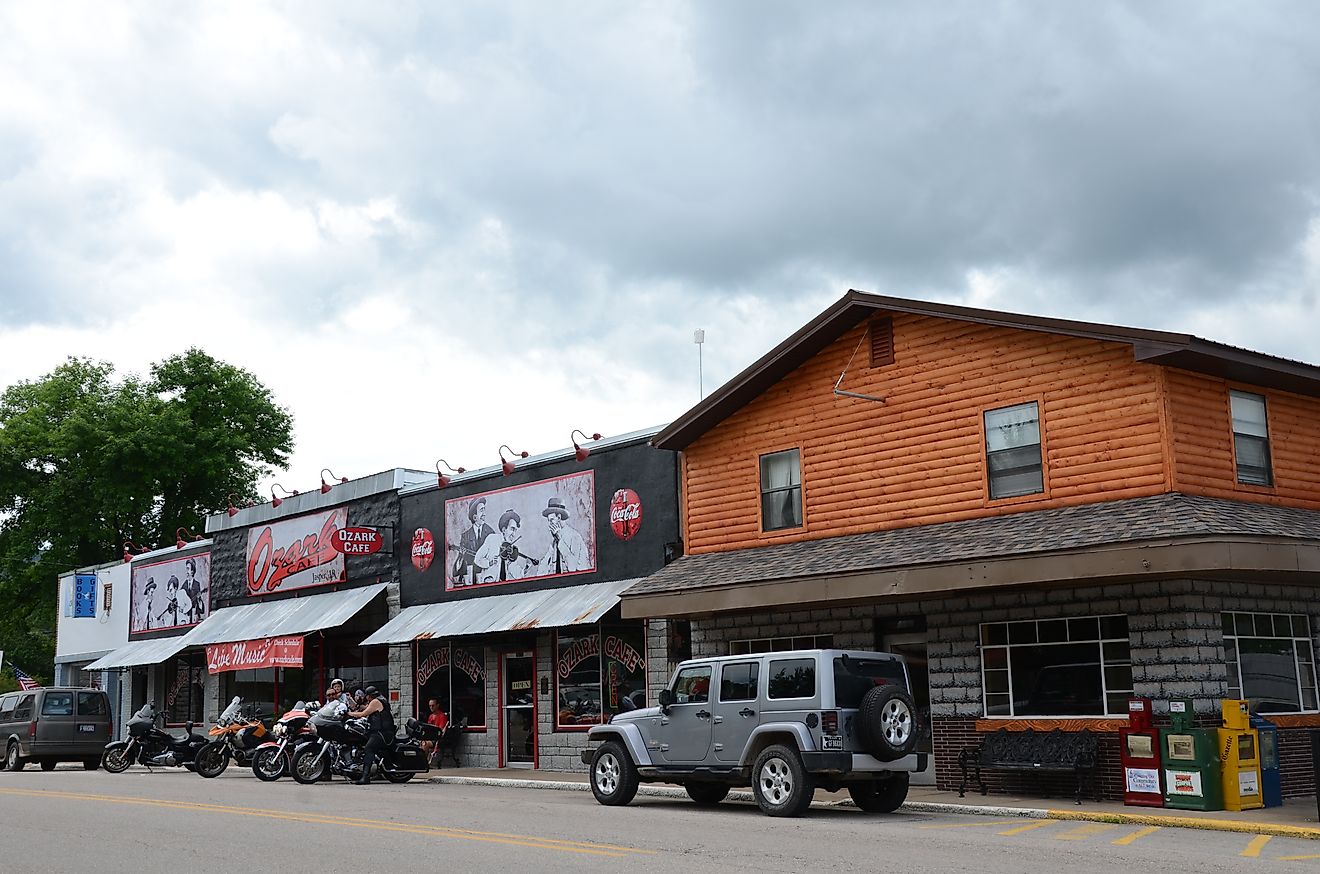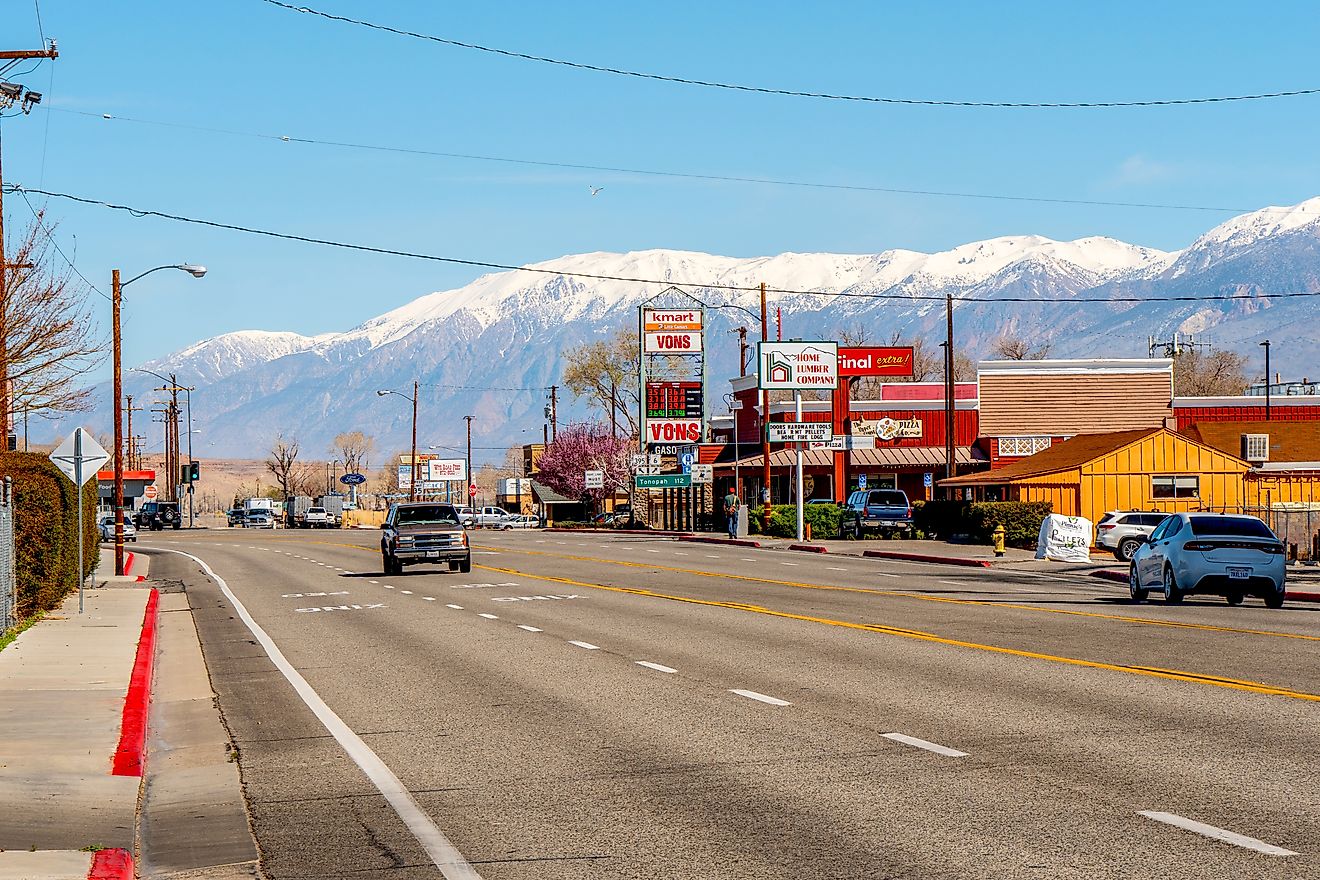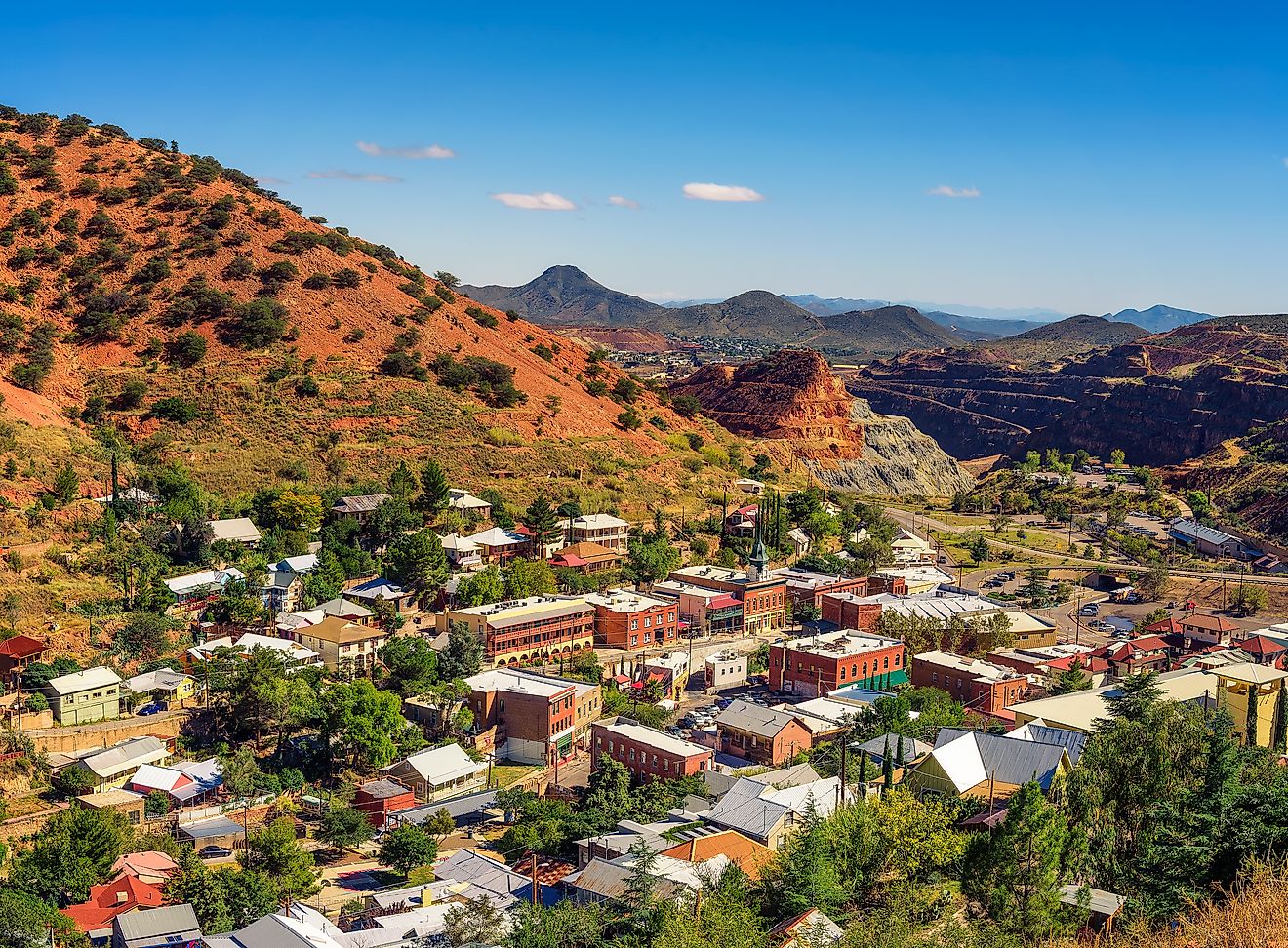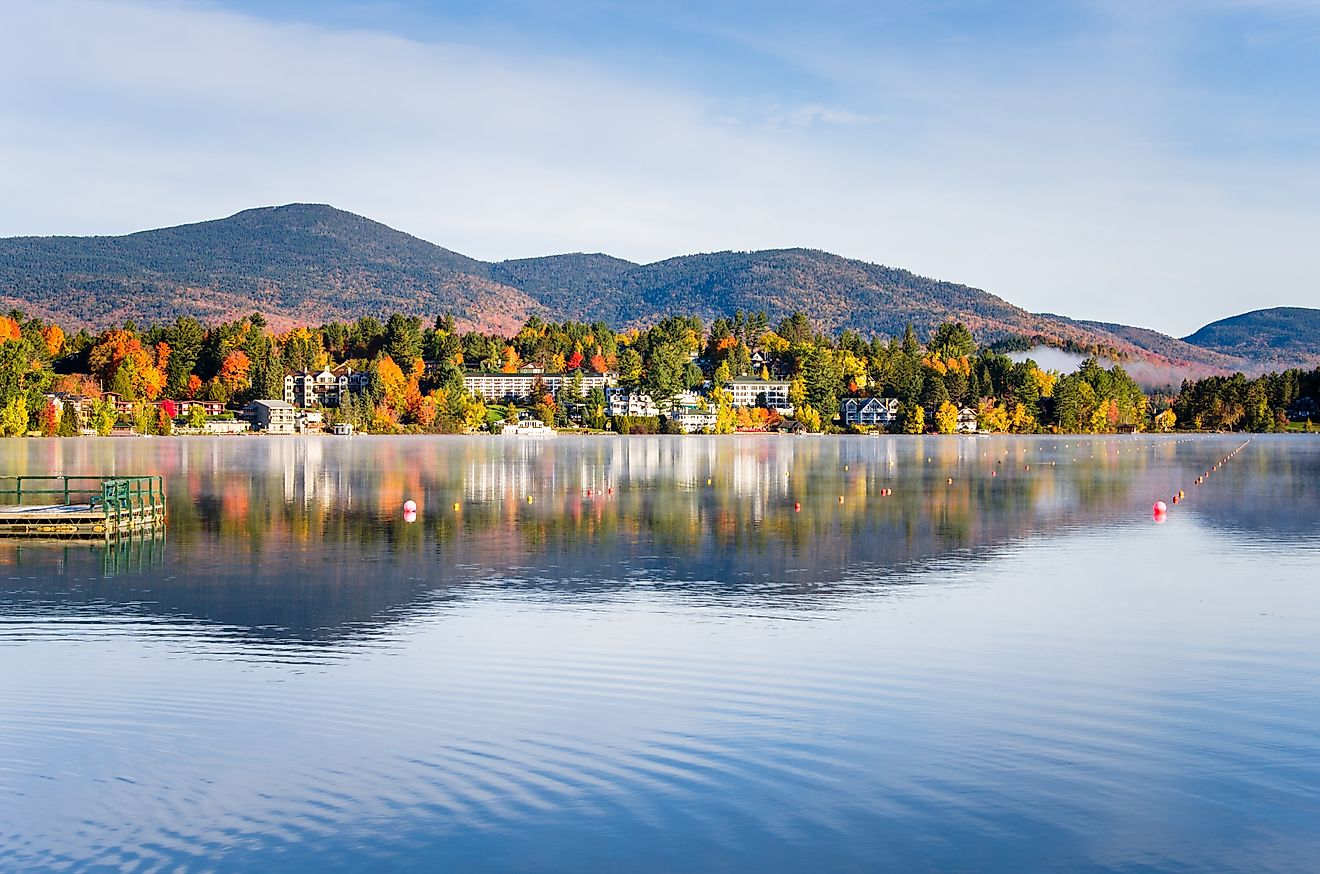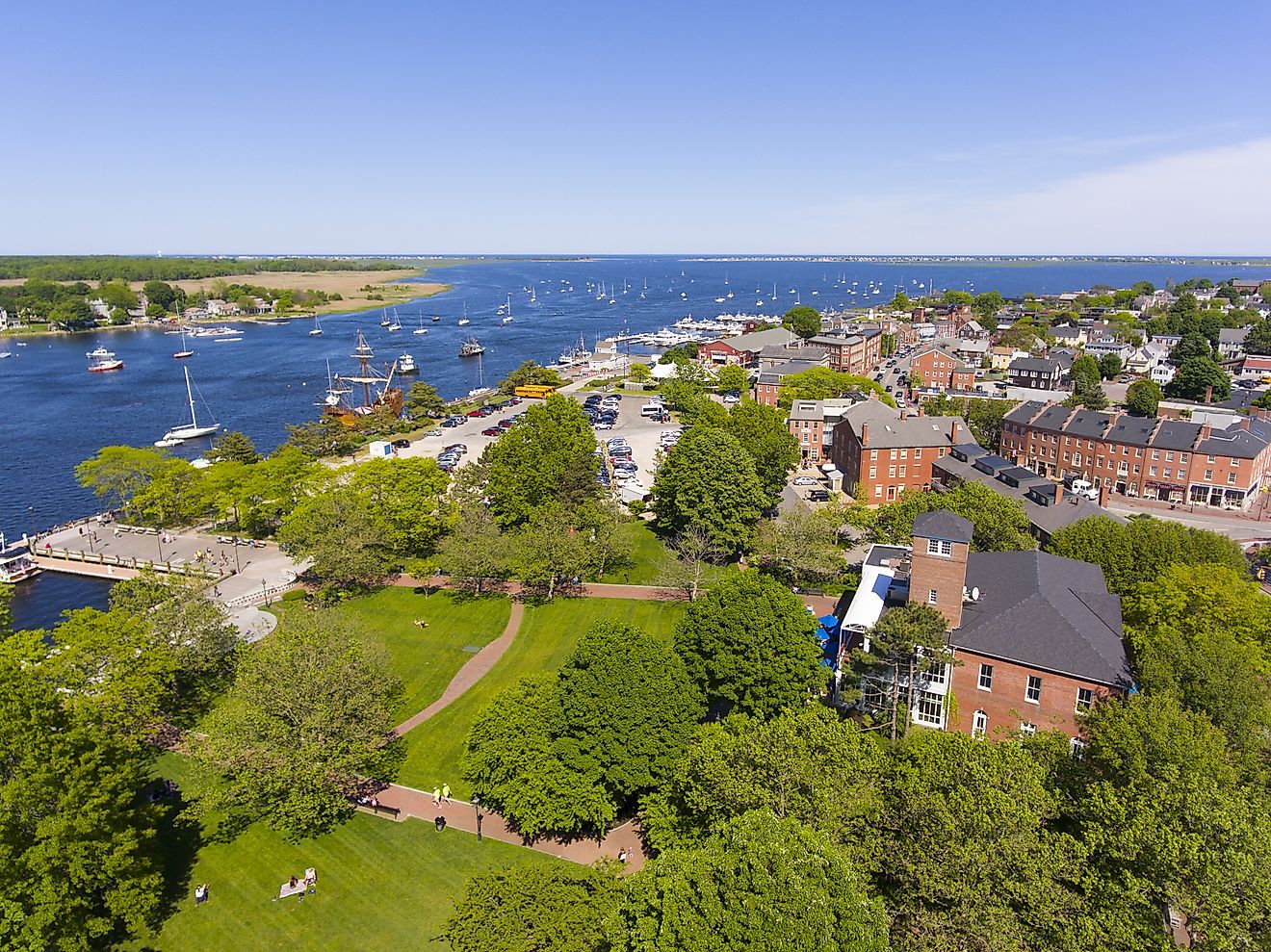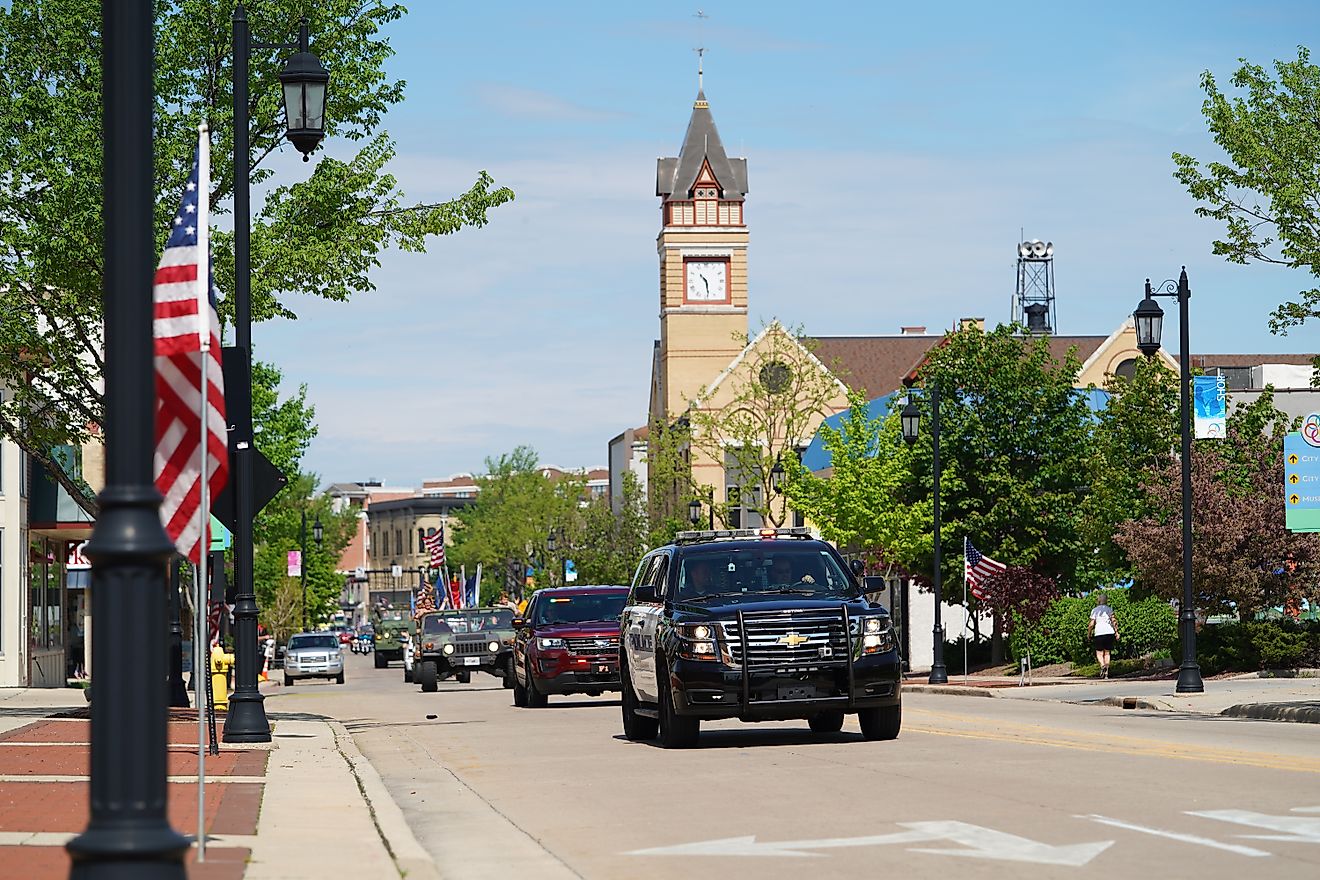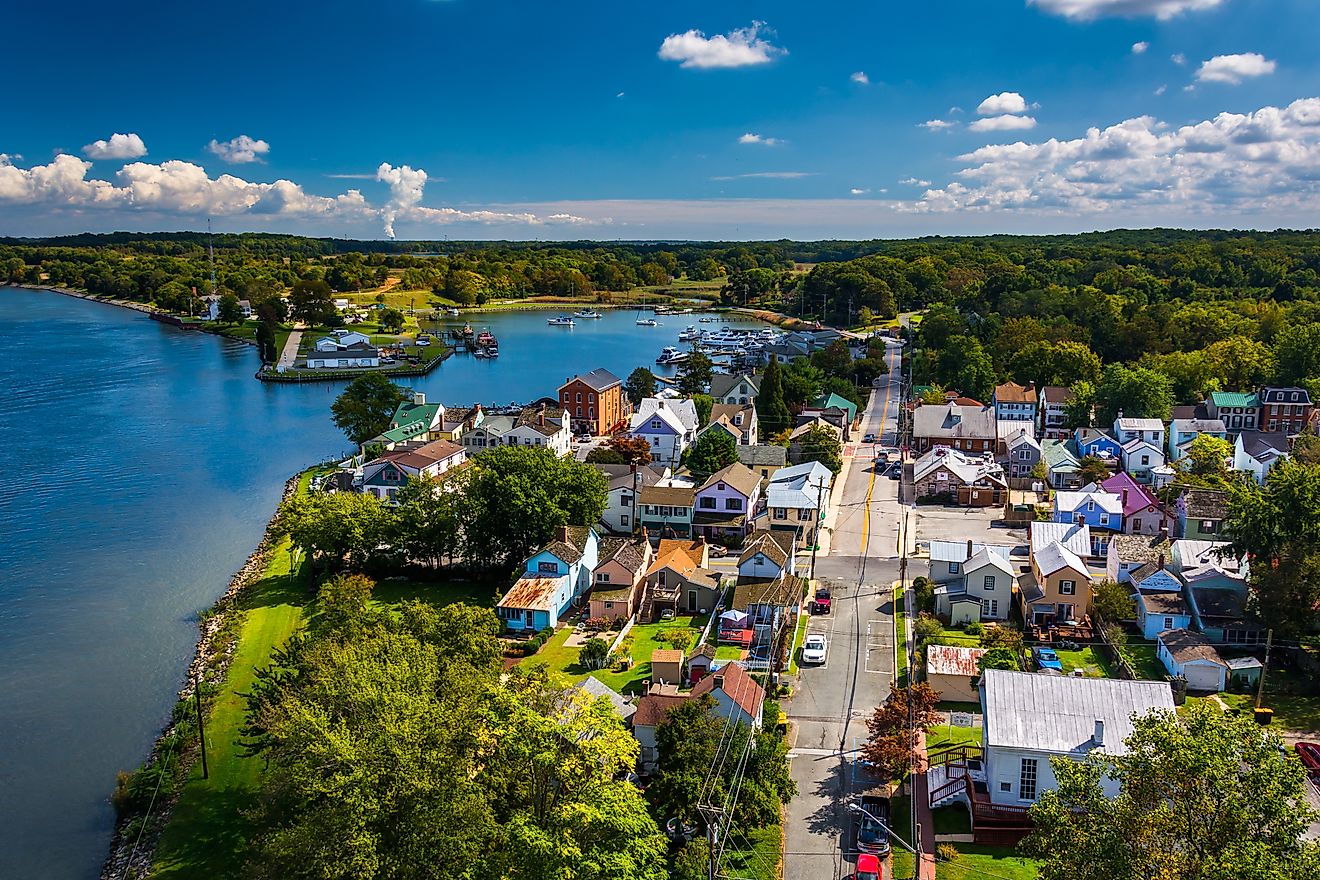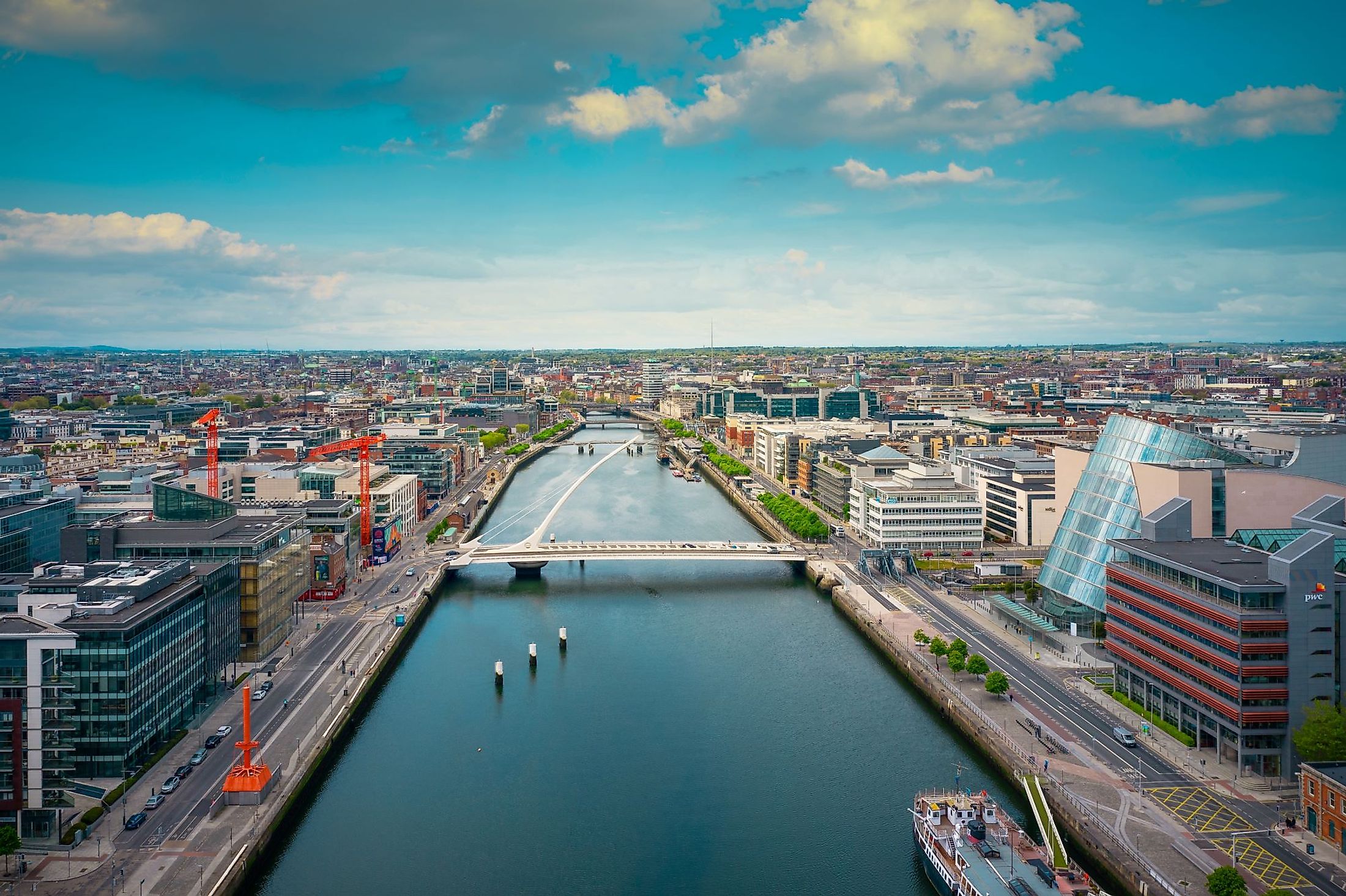
Dublin, Ireland
The name Dublin comes from putting together two words: Dubh, which means “black”, and linn, which means “pool”. Dubh Linn was originally the name for a lake that the Vikings used to moor their ships. Dublin is situated at the midway point of Ireland’s east coast, on a plain surrounded by hills, adjacent to Dublin Bay. The Liffey River flows through the city, separating it into north and south sides. Dark bog water drains into this river, creating the black pool that the name of the city refers to. The modern Irish name for the city is “Baile Átha Cliath”, which translates as “The Settlement of the Ford of the Reed Hurdles”. “Áth Cliath” refers to a fording point on the Liffey River.
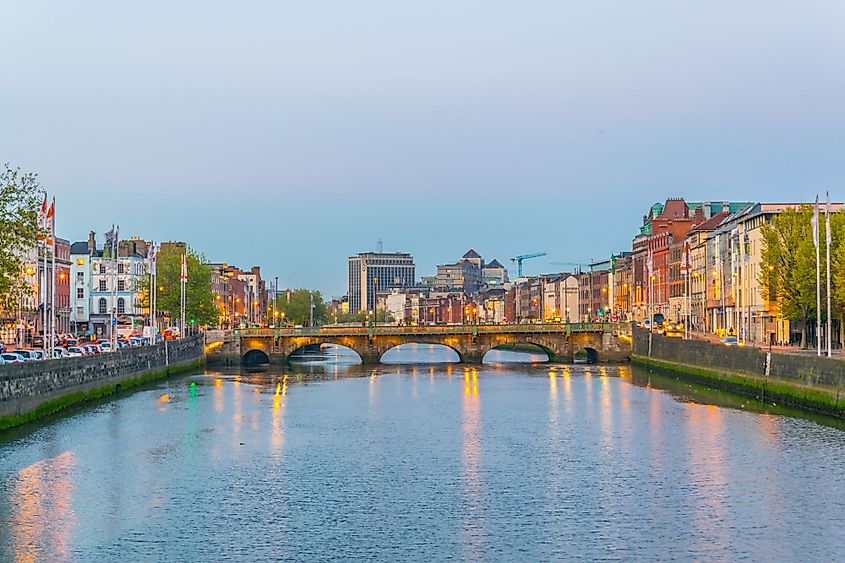
Dublin is a city of 1.9 million people, making it the largest city in Ireland. Historically, the city has had a north-south division, with the Liffey River as the dividing line. The Northside is viewed as the working-class side of the city, while the Southside is where upper and middle class residents live. Although this divide still exists to some extent, the rise of new suburbs in both the Northside and Southside has blurred this division, creating wealthy pockets in the Northside and working-class pockets in the Southside.
Economy
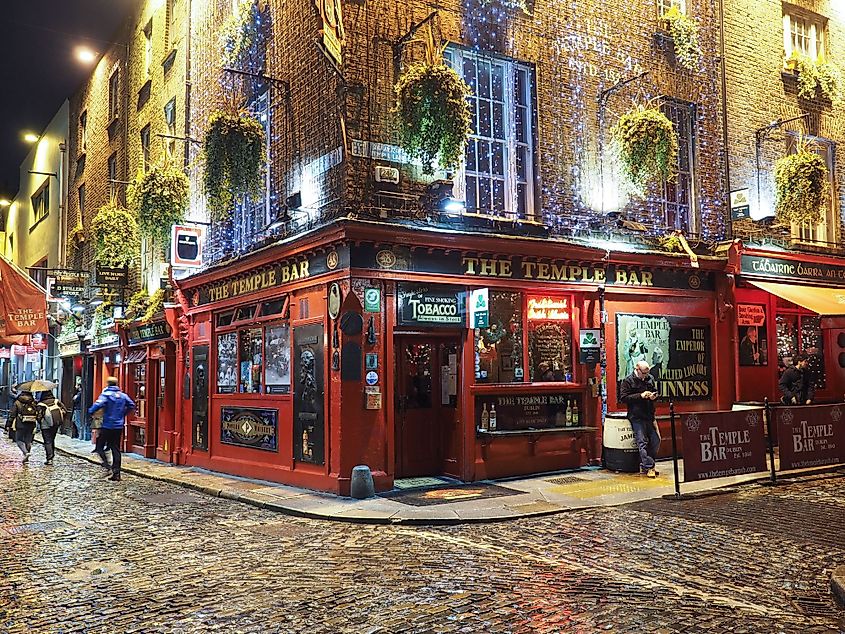
Dublin’s economy, once dominated by agriculture, is currently dominated by industry and services. In the period between 1993 and 2008, the Irish capital was the center of economic growth in the country, which gained the nickname, the Celtic Tiger. In fact, by 2008, Dublin was the fifth richest city in the world. It also had the second highest wages in the world, ahead of New York City and London. During the Celtic Tiger period, there was a massive construction boom in Dublin. The city is now an important financial center, with big banks such as Citibank and Commerzbank establishing headquarters there. Major high-tech companies, including Microsoft, Google, Amazon, PayPal, and Yahoo! also established European headquarters and/or bases of operation in the city or its suburbs. One traditional industry that the Irish capital is still known for is brewing. The famous beer, Guiness, has been brewed at the St. James’ Gate Brewery since 1759. Other important economic institutions based in Dublin include the Irish Stock Exchange, the Internet Neutral Exchange, and the Irish Enterprise Exchange.
History
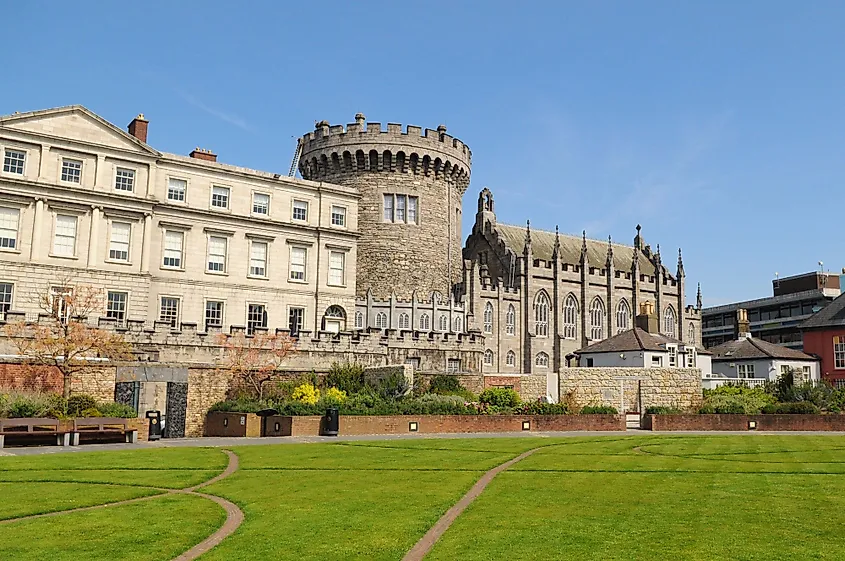
The original settlement known as “Dubh Linn” dates as far back as the first century CE, though some date the founding of the original settlement to 841, when the Vikings invaded the area in which Dublin now resides, and established a city on the south bank of the Liffey River. The Vikings were slowly converted to Christianity, and in 1028, the first Bishop of Dublin was appointed. In the 11th century, Dublin may have had as many as 4,000 people living in it, making it a large town by the standards of the time.
The year 1171 was the beginning of more than seven centuries of English rule in Dublin and the rest of Ireland. Many of the Norsemen who inhabited the city at the time left the old city on the south side of the Liffey River, and built a new settlement on the river’s north side. Dublin became the capital of the English Lordship of Ireland, and people from England and Wales came to settle therein. The Parliament of Ireland, which was the representative body of the English settlers in Ireland, was situated in Dublin. By the 13th century, the population of Dublin had swelled to as many as 8,000.
In 1537, a rebellion took place, led by Lord Fitzgerald and supported by troops from Burgundy (a region of present-day France). Fitzgerald’s forces occupied Dublin and proclaimed Lambert Simnel as the new King of England. The uprising was crushed, however, after King Henry VIII sent a large army to reconquer Ireland and replace the Fitzgeralds with administrators of his own choosing. He proclaimed himself King of Ireland in 1541. Nine years prior, he broke away from the Catholic Church. The Irish remained Catholic, and thus were excluded from political power. In response to a protest by Dubliners over extra taxes, Henry VIII sent Protestant settlers from England to live in the city. These settlers would become the basis of English administration in Ireland until the 19th century.
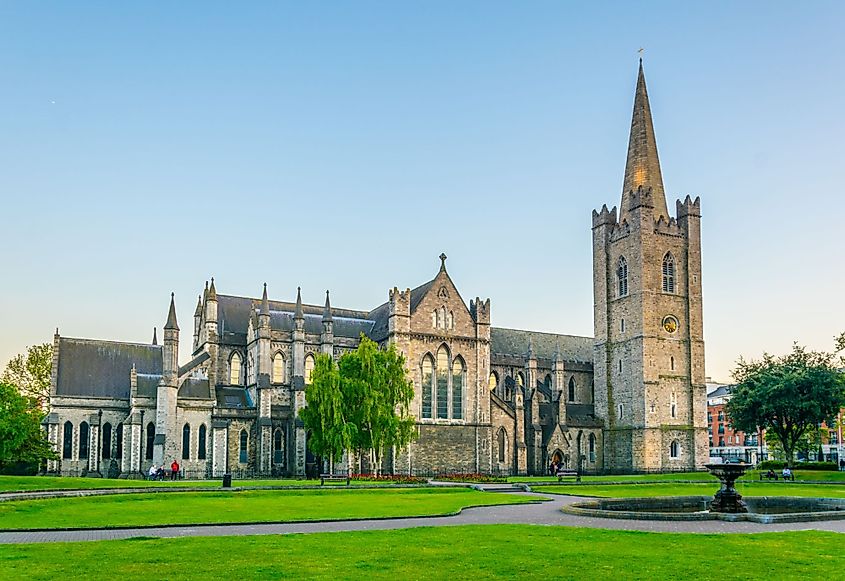
During the English Civil War (1642-1646), Catholics were expelled from Dublin. England’s ruler, Oliver Cromwell then forbade Catholics from living in the city, though this edict was not strictly enforced. During the Protestant Ascendancy, which began in the late 17th century, harsh laws were enacted against Ireland’s Catholic majority, excluding them from property and power. Meanwhile, Dublin expanded rapidly, and by the year 1700, the city’s population had surpassed 60,000 inhabitants, making it the second largest city in the British Empire, and the fifth largest city in Europe.
The 1800s saw Dublin decline, surpassed by Belfast, which experienced much industrial growth. In fact, by 1900, Belfast was twice as large as Dublin. Whereas Belfast prospered, Dublin became a city of poverty. Nevertheless, Dublin remained the center of political power in Ireland. In 1916, Dublin experienced the Irish revolt known as the Easter Rising, in which Irish rebels seized a number of buildings in the city. The uprising was crushed within a week. Rebellion would again take place, however, during the Anglo-Irish War (1919-1921), which climaxed with the establishment of the Irish Free State, of which Dublin was made the capital. The Irish Civil War (1922-1923) followed shortly thereafter. All three of these conflicts caused widespread destruction in Dublin. After the Irish Civil War, however, many of the city’s buildings were rebuilt.
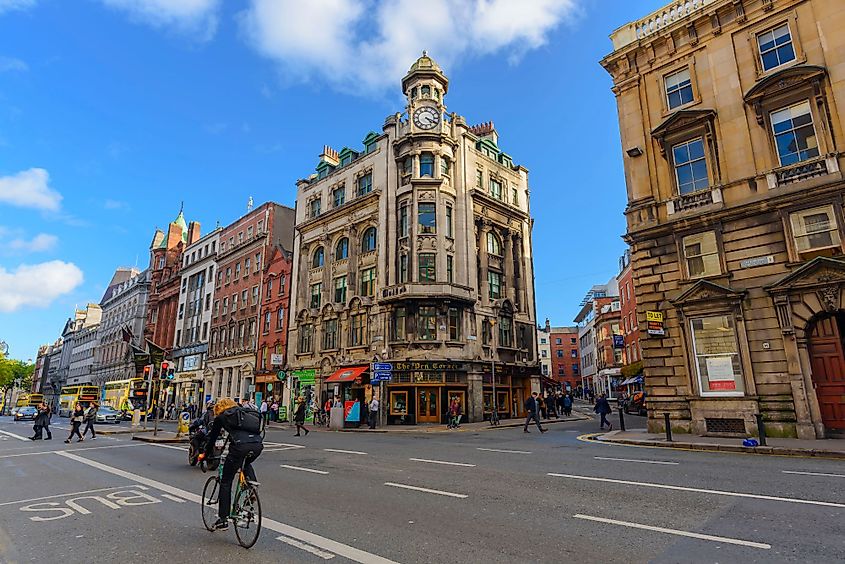
The Mid-20th century saw the rise of cinematography in Dublin, as the city was ideal for historical films. Movies such as The Blue Max (1966) and My Left Foot (1989) captured Dublin’s historic architecture. The 1960s and 1970s saw the redevelopment of Dublin’s town center. The late 20th century witnessed the decline of traditional industries in the city, such as textiles, brewing, and distilling. These economic activities made way for electronics, chemicals, and engineering. In a nod to the city’s history, however, some well-known Dublin street corners were named after the pub or business that was located there prior to redevelopment.
